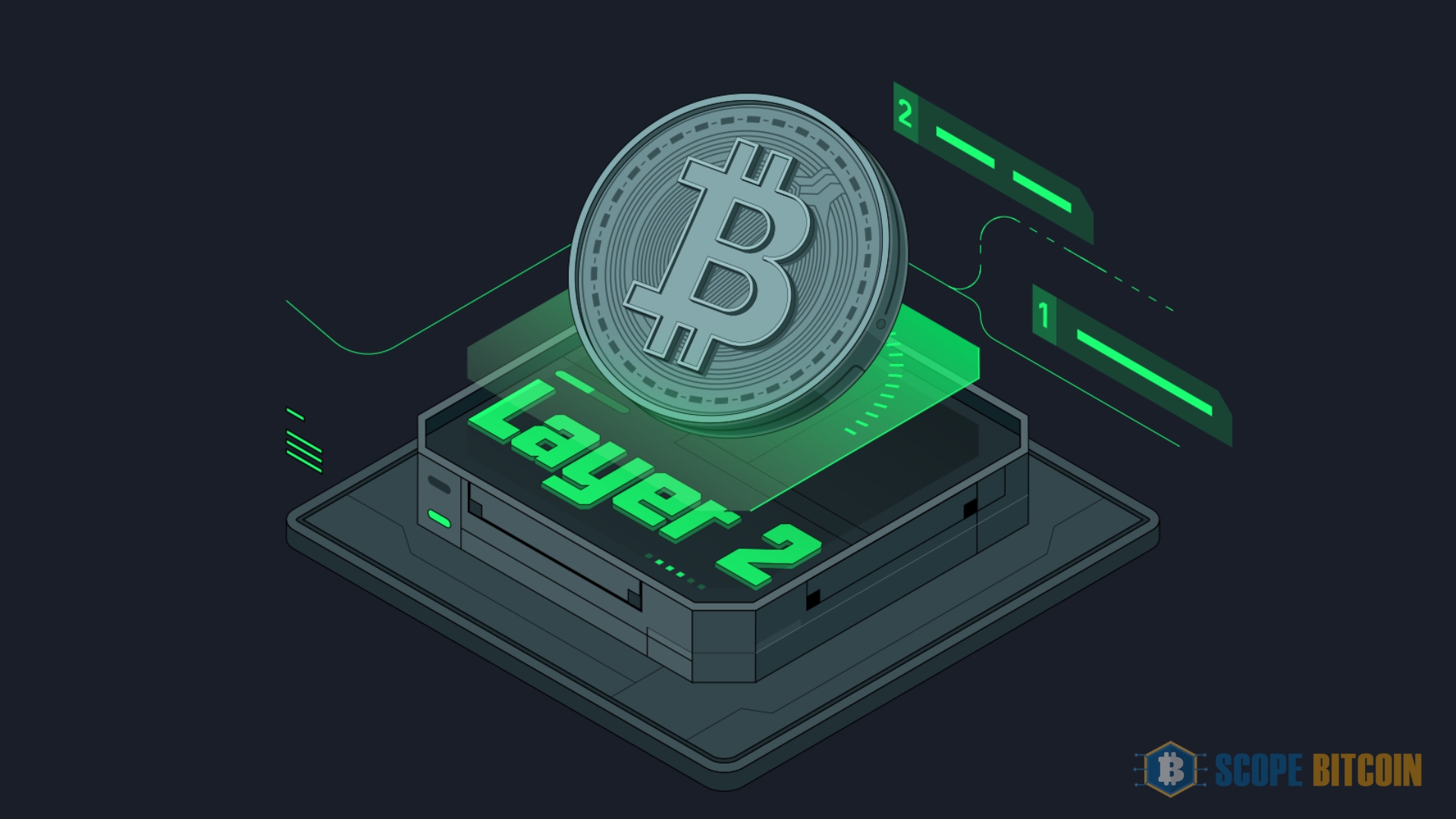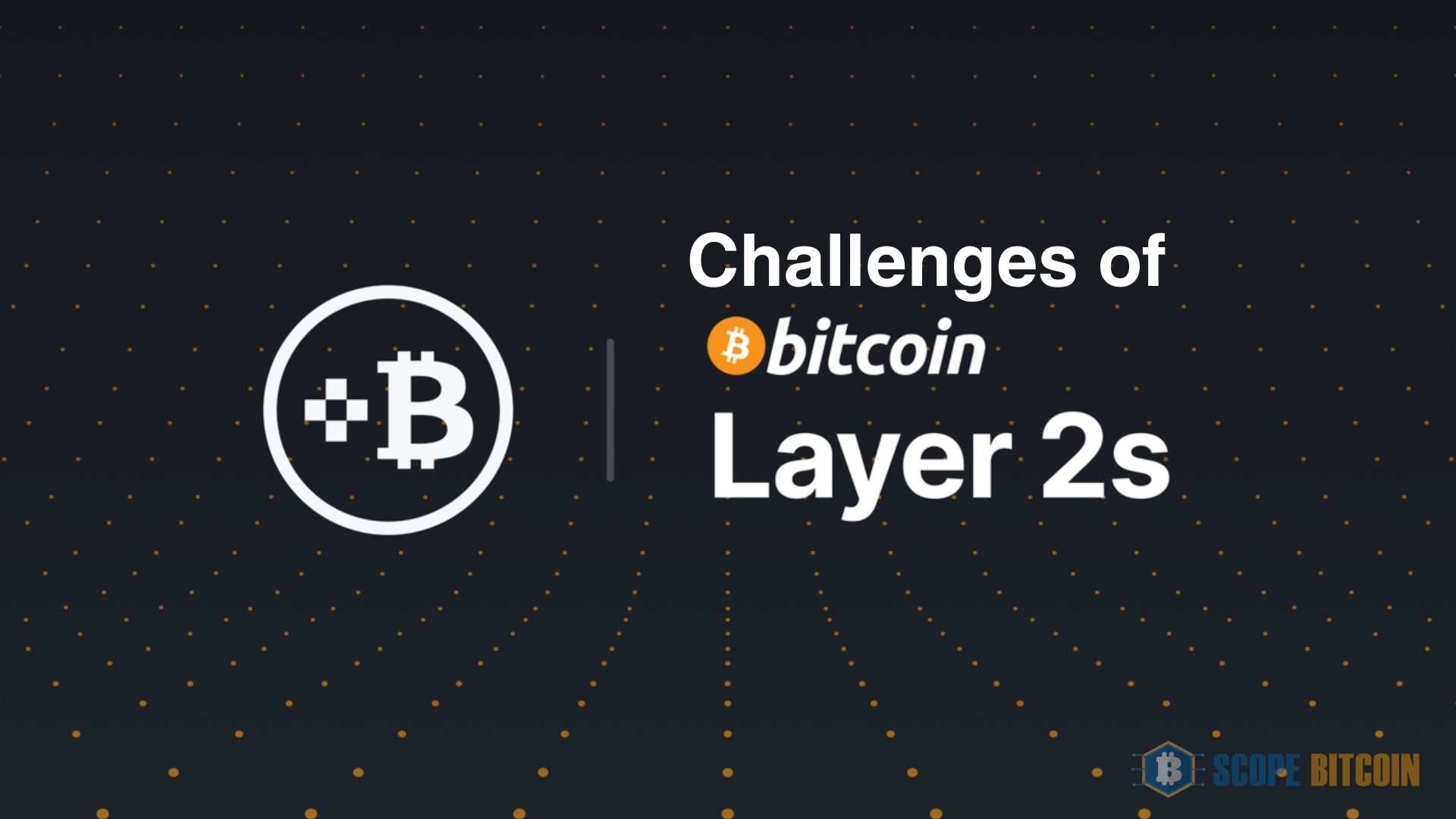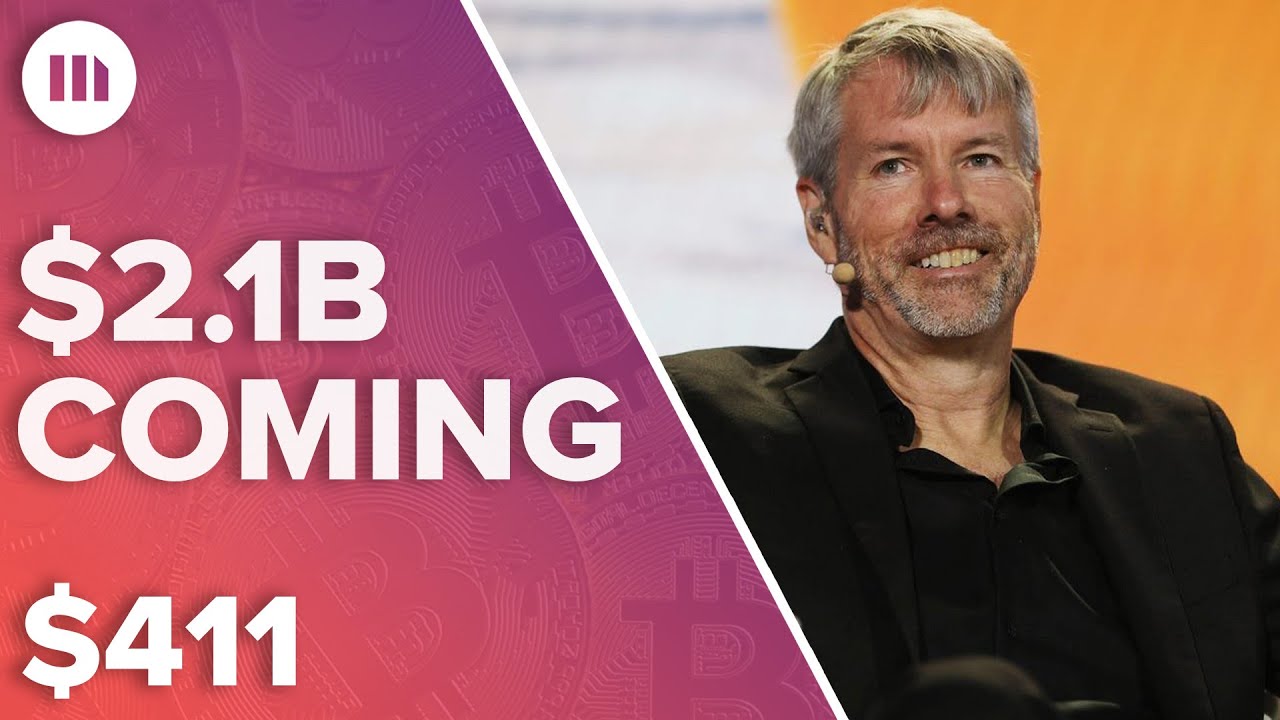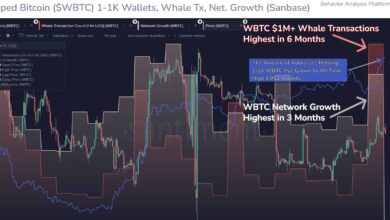
The Success of Bitcoin Depends on Layer-2 Networks
Due to a surge in Bitcoin (BTC) network usage, transaction costs and processing times have increased. Layer-2 (L2) development for Bitcoin has experienced a meteoric rise. To make Bitcoin more scalable, lower transaction costs, and bring network programmability to virtual machines, Bitcoin L2 solutions are being developed. An example is the Bitcoin L2 Lightning Network, which was created to handle Bitcoin transfers more quickly than the Layer-1 network. Thanks to layer-2 solutions, decentralized finance (DeFi) has grown on the Bitcoin network.
Bybit, a cryptocurrency exchange, has published a study stating that over seventy-four Bitcoin L2 solutions have been implemented, with most implemented in the last two quarters. The paper says that state channels, rollups, and sidechains make up Bitcoin L2.
Bitcoin Usability Depends on L2s
In an interview, Rena Shah, chief operating officer of Trust Machines, a group of committed Bitcoin developers, said that Layer-2 infrastructure is now crucial to Bitcoin’s utility.
“We are finally witnessing it unfold in real time, but for Bitcoin Builders, it felt obvious,” Shah stated. “The Bitcoin L1 is ideal for settlements involving large amounts of money, while the L2 can handle most transactions more quickly and at a lower cost.” Additionally, Shah stated that L2 solutions hold tremendous promise for Bitcoin. That “Bitcoin as a decentralized base layer for apps is finally becoming a reality” was her claim.
Bitcoin L2s Show Increased Growth
According to Daniel Fogg, CEO of the long-running Bitcoin sidechain Rootstock, the platform has witnessed unprecedented transaction volume in the past three months, as reported. According to Fogg, “there have been over 670,000 transactions in the last three months alone,” the Rootstock network has processed more than 13 million transactions so far.

Fogg also shared that Rootstock has integrated numerous decentralized applications (dApps) and wallets. “The integration of over 25 decentralized applications and protocols into the Rootstock ecosystem over the last three months alone has given users new ways to access, build, and grow on Rootstock,” he noted.
One example is the recent launch of SushiSwap on Rootstock, a widely used decentralized exchange (DEX). According to the token terminal, over 438,000 people use SushiSwap every month, and 113,000 use it weekly. A blog post from SushiSwap highlighted that “the integration allows Sushi users to trade and provide liquidity on Rootstock, leveraging Bitcoin’s security and decentralization.” Additionally, this enables Sushi users to utilize Bitcoin assets for DeFi.
L2s Enable Liquidity and DeFi Use Cases
According to Jeff Yin, founder of MerlinChain, an L2 solution, when liquidity across Bitcoin L2s increases, more individuals will be motivated to trade and engage in other DeFi activities on Bitcoin. Yin announced that about $10 million worth of Bitmap and Rune tokens are on the Merlin DEX. We aim to raise this to $30–$50–or $100 million. This is an essential first step as more chain users can participate with improved liquidity.
According to CEO Karan Bharadwaj of the L2 staking network, one of Arithmic’s goals was to free up Bitcoin network liquidity, as reported. He said Arithmic accomplishes this using native restocking, incorporating Ethereum and Bitcoin L2s. Simplifying the bridging process, “This unifies liquidity and allows users to maximize opportunities across platforms, delivering a seamless and efficient experience,” Bharadwaj added.
Challenges with Multiple L2s
According to Bharadwaj, with the increasing number of Bitcoin L2s today, native staking is becoming crucial. He observed that “scalability concerns amid increasing transaction volumes, complexity in bridge usage, and liquidity fragmentation” are the key issues that Bitcoin L2s currently face.
According to Bharadwaj, the key to fixing these problems is establishing interoperability standards that would bring liquidity on the Ethereum and Bitcoin L2s together. Bharadwaj stated that engaging and establishing a supportive community around L2 advancements will be crucial to overcome these hurdles and encourage broader use in the crypto ecosystem.

The Bitcoin Name System (BNS) is a platform that lets users register and manage BNS domain names. Justin Wolfskehl, a Community Core Team Member of The Bitcoin Name System (BNS), said acceptance is the most significant difficulty facing L2s.
“The question remains which offering will be accepted by the mainstream,” Wolfskehl added, reflecting on the widespread desire for faster and cheaper Bitcoin transactions. Although the increasing number of Bitcoin L2s is noteworthy, probably only a tiny fraction of these solutions will ever be implemented.
“As the chief operating officer of a company creating the biggest ecosystem of Bitcoin applications to harness the full potential of the Bitcoin network, we are delighted to witness the emergence of numerous L2s,” Shah commented. “Thousands will go up, but only a handful will attract the kind of attention and investment that will allow them to take off.”
Bitcoin L2s Continue To Thrive
Regardless of the obstacles, professionals in the field are confident that Bitcoin L2s will keep evolving. The “GOAT Network” Bitcoin L2 solution was recently announced via the interoperability protocol ZKM. A press release states that a decentralized sequencer paradigm will be used for the network’s deployment. Operators of sequencer nodes will contribute to the network’s security while profiting from their Bitcoin holdings.
Bitcoin L2s continue to face the difficulty of decentralization despite GOAT Network’s claims to be the first genuinely decentralized L2. As Wolfskehl pointed out, building upon a decentralized solution becomes increasingly difficult. The less dispersed it is, the simpler it is. However, striking a balance can be challenging because most users express strong concerns about decentralization.
Hamilton, a cryptocurrency firm, also announced the debut of GOAT and the tokenization of US Treasury bonds on the Bitcoin L2 platform. The BOB (Build on Bitcoin) L2s, Stacks, and Core will soon support Hamilton U.S. Treasury Bills (HUST).
“Everyone wants to deploy it because it solidifies an on-chain world,” Shah said, adding that Bitcoin remains the master asset. According to Wolfskehl, the Stacks L2 solution is about to receive improvements, which will contribute to the ecosystem’s advancement.
“Stacks is planning to release an upgrade named ‘Nakamoto’ in August,” he announced. Since Stack transactions are linked to Bitcoin blocks, each stack transaction takes around 10 minutes to process. With Bitcoin finality, which means transactions are as safe as Bitcoin itself, the Nakamoto upgrade claims to cut block delays down to seconds.
For dApp interactions like token swaps and domain name registrations, Wolfskehl claims that the Nakamoto upgrade will bring it in line with Ethereum and Solana. “The Nakamoto upgrade is going to have a massive impact on Stacks, BNS, and the entire BTC L2 ecosystem,” Wolfskehl said.







